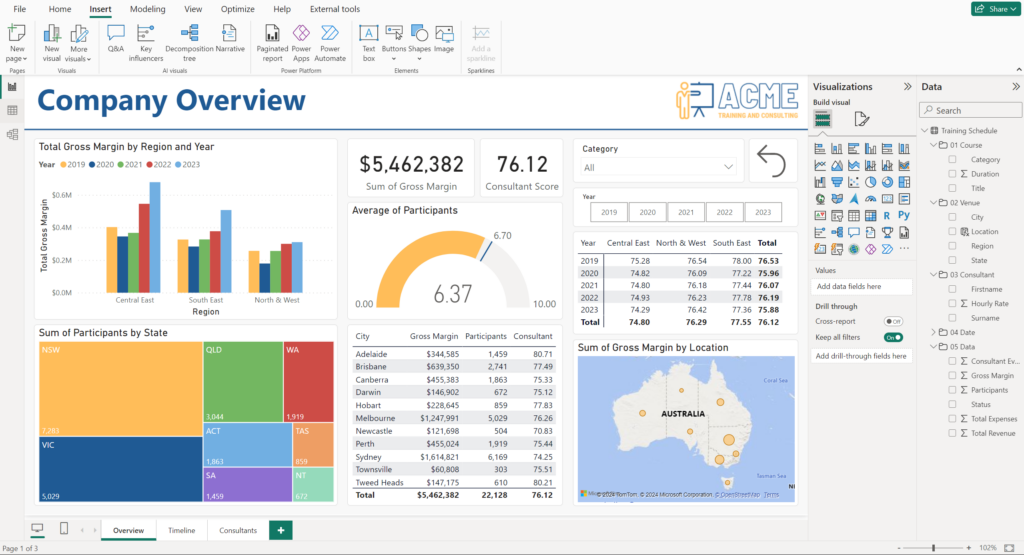The future of Live Interactive Learning: ½ day sessions using Zoom - with the topics you need - just when you need them.
We NEVER cancel a course - even if there's only one attendee!
No scheduled course when you want it? Easy - just schedule one on the dates you prefer!
Maximum class size of 6 + Short ½ day sessions = Better learning outcomes + Less time away from work.
Independent instructors with lower overheads = Better value for money options.
Cancel or reschedule up to 24 hour in advance + Money back guarantee = NO RISK!
Free and indefinite post-course support from your instructor = We care about and support your learning journey all the way.


